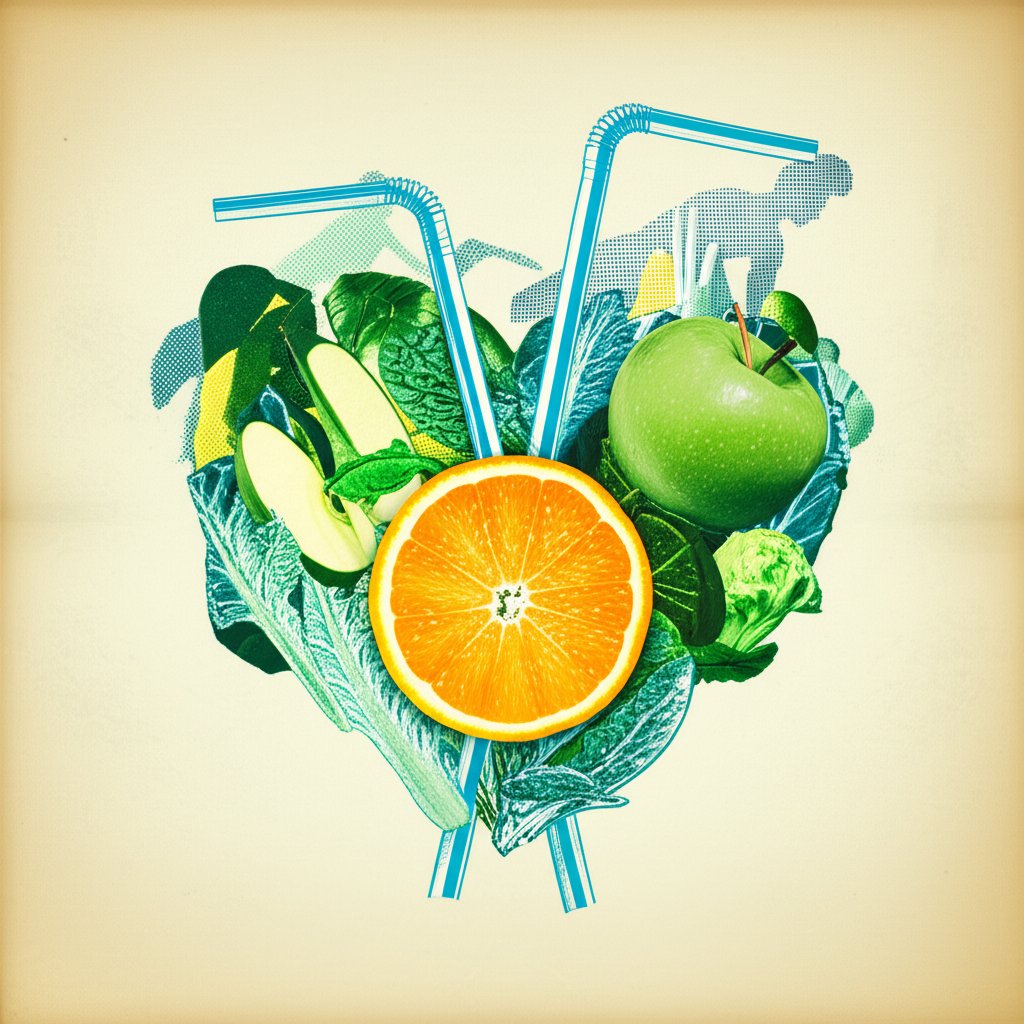Ever wonder exactly what you’re really getting when you grab a Swig drink? It’s not just about the flavor; understanding the swig nutrition facts is crucial, especially when you’re trying to make informed choices about your hydration and overall health.
At a glance:
- Learn the key nutritional components (or lack thereof) in typical Swig beverages.
- Understand the role of electrolytes, vitamins, and artificial sweeteners in Swig drinks.
- Evaluate if Swig is a healthy choice for your hydration needs, considering your activity level and health goals.
- Identify potential downsides of frequent Swig consumption related to specific ingredients.
- Get actionable tips for making smarter Swig choices or finding better alternatives.
Decoding Swig’s Nutritional Profile: Beyond the Taste
Swig is known for its creative and customizable drink combinations, but let’s get beyond the fun flavors and examine what’s actually inside. Unlike plain water, many Swig creations contain added ingredients that impact their nutritional value, or lack thereof.
Most Swig drinks are built on a base of diet soda or flavored water, which are often calorie-free or very low-calorie. The real story lies in the added syrups, purees, creams, and other mix-ins that contribute to the overall nutritional profile.
The Core Components: What You’re Likely Consuming
Here’s a breakdown of the ingredients you’ll commonly find and their nutritional implications:
- Base Beverages: Typically diet sodas or flavored waters. These usually contribute minimal calories, sugars, and fats. However, they often contain artificial sweeteners.
- Syrups and Flavorings: This is where the calorie and sugar content can drastically change. Many syrups are loaded with sugar, significantly increasing the drink’s overall caloric value. Sugar-free syrups often use artificial sweeteners.
- Purees and Fruit Additions: These can add some vitamins and minerals, but also contribute natural sugars and calories. For example, a strawberry puree will add more nutrients than a flavored syrup.
- Creams and Toppings: Whipped cream, flavored creams, and drizzles add fat and calories.
The Electrolyte Question: Are You Really Replenishing?
Many people reach for flavored drinks after a workout, hoping for electrolyte replenishment. While some Swig customizations might contain traces of electrolytes from added ingredients, they aren’t formulated to actively restore electrolyte balance the way dedicated sports drinks are. If electrolyte replenishment is your primary goal, you might be better off with a product like Propel. Explore Propel’s nutrition facts. to see how its formulation stacks up.
Artificial Sweeteners: A Necessary Evil or a Health Risk?

Many Swig drinks rely on artificial sweeteners like sucralose and acesulfame potassium to keep the calorie count low. These sweeteners are intensely sweet and don’t contribute calories, but their impact on health is a topic of ongoing debate.
- Sucralose: Some studies suggest that sucralose can alter the gut microbiome and potentially increase inflammation in the body.
- Acesulfame Potassium (Ace-K): Similar to sucralose, Ace-K provides sweetness without calories but has raised concerns about potential health effects in some studies.
It’s worth noting that regulatory agencies like the FDA have approved these sweeteners for use in food and beverages, deeming them safe within established limits. However, concerns remain, and some people prefer to avoid them altogether.
The Calorie Count: It’s All About the Add-Ins
While the base of many Swig drinks is calorie-free, the additions can quickly rack up the calories. A seemingly innocent drink can easily contain 100-300 calories, depending on the size and the specific ingredients used. Those calories can add up quickly.
Example:
- A basic diet soda with a sugar-free flavor shot might contain close to 0 calories.
- Add whipped cream, a sugary syrup, and a drizzle, and you’re suddenly looking at a drink with a significant calorie count.
Vitamin Content: A Marketing Boost or Actual Benefit?
Some Swig drinks may contain added vitamins, such as Vitamin C. While this might seem like a bonus, the amounts are often relatively small. Relying on a Swig drink as a primary source of vitamins isn’t recommended. Instead, focus on a balanced diet rich in fruits, vegetables, and other nutrient-dense foods.
The Sodium Factor: Something to Watch Out For

Depending on the base beverage and any added flavorings, some Swig creations can be surprisingly high in sodium. High sodium intake can contribute to high blood pressure and other health problems. If you’re watching your sodium intake, it’s important to be mindful of the choices you’re making at Swig.
Swig vs. Water: A Hydration Showdown
While Swig drinks can be refreshing and flavorful, they don’t necessarily provide the same hydration benefits as plain water. Water is essential for various bodily functions, including regulating body temperature, transporting nutrients, and flushing out waste products. While a Swig will contribute to your daily fluid intake, the added sugars, artificial sweeteners, and other ingredients can potentially offset some of the benefits.
Making Smart Swig Choices: A Practical Playbook
Here are some actionable tips for enjoying Swig while minimizing potential downsides:
- Opt for sugar-free options: Choose diet sodas or flavored waters as your base.
- Go easy on the syrups: Limit the amount of sugary syrups you add to your drink. If possible, choose sugar-free alternatives.
- Skip the whipped cream and toppings: These additions can significantly increase the calorie, fat, and sugar content of your drink.
- Be mindful of portion sizes: Opt for smaller sizes to reduce your overall intake of calories, sugar, and artificial sweeteners.
- Hydrate with water too: Don’t rely solely on Swig drinks for hydration. Make sure to drink plenty of plain water throughout the day.
- Consider alternatives: Explore options like unsweetened iced tea, sparkling water with fruit slices, or homemade flavored water as alternatives.
Quick Answers: Common Questions About Swig’s Nutrition Facts
- Q: Is Swig healthy?
A: It depends on the specific drink and your individual health goals. A basic diet soda with sugar-free flavorings is relatively low in calories and sugar, but the added syrups, creams, and toppings can quickly transform it into a high-calorie, high-sugar beverage. - Q: Can I drink Swig every day?
A: Frequent consumption of sugary drinks can contribute to weight gain, tooth decay, and other health problems. Regularly consuming artificial sweeteners is also not recommended. If you enjoy Swig, it’s best to consume it in moderation and make informed choices about the ingredients you add to your drink. - Q: Does Swig hydrate you like water?
A: While Swig drinks contribute to your overall fluid intake, they don’t necessarily provide the same hydration benefits as plain water. Water is essential for various bodily functions, and the added sugars, artificial sweeteners, and other ingredients in Swig can potentially offset some of the benefits. - Q: What are the healthiest Swig options?
A: The healthiest options are typically those that are low in calories, sugar, and artificial sweeteners. A basic diet soda or flavored water with minimal additions is generally a better choice than a drink loaded with syrups, whipped cream, and toppings.
Making Informed Choices: Your Path to Better Hydration
Ultimately, enjoying Swig comes down to making informed choices. By understanding the swig nutrition facts and considering your individual needs and preferences, you can enjoy your favorite drinks in moderation while still prioritizing your health and well-being. Remember to balance your Swig intake with plenty of water and a healthy diet.
- Plastic Bento Boxes Face Scrutiny Over Sustainability Impacts - December 11, 2025
- Bento Tray Revolutionizes Organized Meal Transport and Presentation - December 10, 2025
- Meal Plans for Busy Schedules That Make Healthy Eating Easy - December 10, 2025










